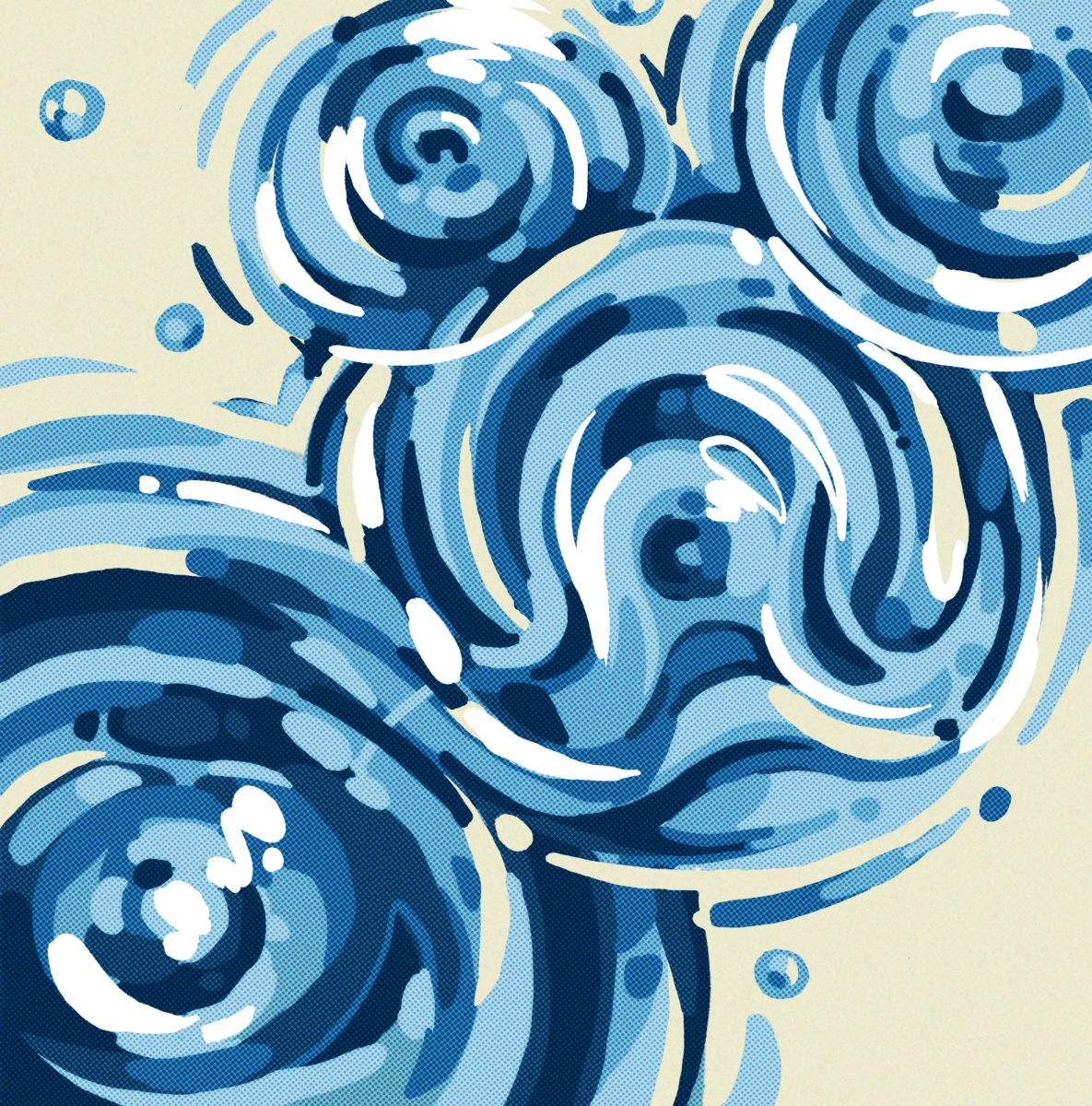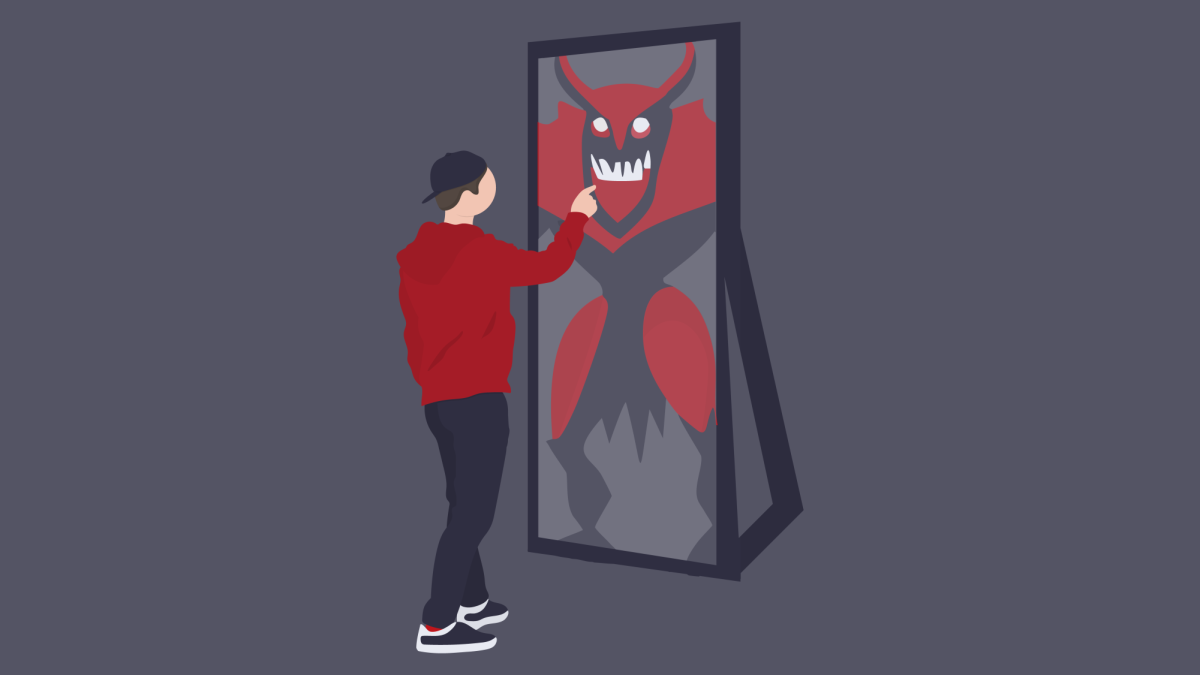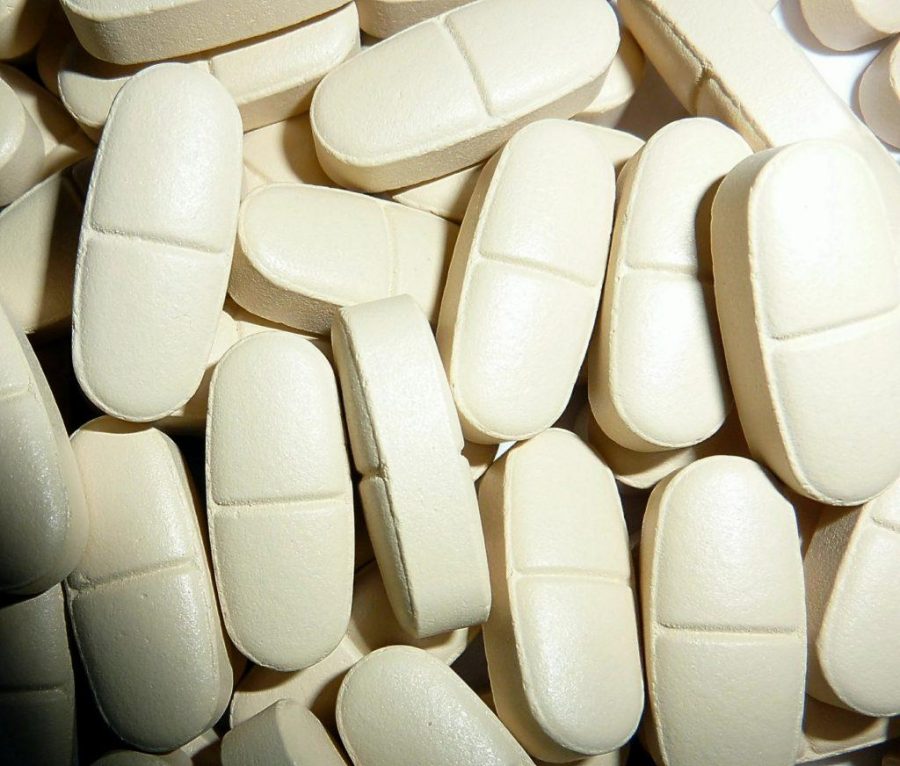On average there are 7.5 million athletes playing high school sports in a given year. Of those athletes, one-fourth of them will sustain an injury. This is where statistics become blurred, and the stories of high-level athletes that lose themselves in drug addiction begin.
While study after study has shown that participation in sports decreases young adults’ desire to use illegal drugs, studies also show that 11 percent of high school and college athletes report using prescription drugs for non-medical purposes.
Regardless of the sport, the stories are the same. It starts out innocently. The starting pitcher blows out a shoulder, the quarterback tears his ACL, the wrestler gets cauliflower ear or the soccer player breaks their leg. The trainer takes a look at it, and they send them to an orthopedic surgeon or sports medicine doctor. Surgery is scheduled if needed and the athlete is sent home to rest with a prescription for Vicodin, Percocet, Oxycontin, or codeine. The athlete takes them as needed throughout recovery, and they begin to feel like normal again. Then another injury, more painkillers, or a setback occurs and the athlete remembers the numbing effect of the drugs. Before they know it the athlete is hooked, and either the pills aren’t strong enough or they’re too expensive and they are shooting heroin into their veins just to stay normal.
This is a scene that happens all the time, at all levels of sports. Athletes will do anything to stay in the game, and that includes loading up on painkillers before or after training in order to numb that nagging injury. Athletes choose this path for different reasons. It could be a chronic injury or a recent surgery, but when playing time is at stake and the ability to move into a starting role, gain a college scholarship or even the professional ranks calling, many athletes will go to any lengths to stay in the game. The mentality becomes, “The doctor prescribed it, and it’s helping me stay in the game. Why shouldn’t I take it?” This is the mentality that leads athletes into dependence and ultimately addiction.
Opioid painkillers naturally lead to heroin. Three out of four people who use heroin said they abused prescription painkillers before moving to heroin. It is cheaper, and since the most common way to take the drug is by injecting it, the high hits much faster than painkillers. Heroin use has risen between 50-110 percent in certain demographics, and heroin deaths have risen 20.6 percent overall in the United States. Seeing how easy it is for athletes to get hooked on opioid painkillers, these numbers are startling.
People never think it will happen to them and that they can control themselves. That’s what I thought in high school. I blew my knee out my freshman year of football, and the doctor prescribed Lortab for the pain while I rehabbed. I took them as needed, and then when my knee felt better and I could go back to regular activity, I stopped taking them. I kept the pills, just in case, and I found myself taking them if my knee even slightly hurt. I had convinced myself that I wasn’t doing anything wrong because the doctor gave them to me. Days when Advil would have given me enough relief to carry on, I would instead take two to three Lortab. I started asking friends if they had anything they could give me. I knew which of my friends had been injured recently, and I knew what the doctor prescribed. Luckily, my parents caught on to what I was doing before I lost all control.
With all of this, what can be done to keep athletes safe from opioid addiction? The biggest tool in keeping athletes safe is education. It is about teaching them the dangers of opioids before they are taking them. From there, it is the responsibility of trainers and team doctors to be responsible for giving out these drugs. No longer are the days when a trainer can just pass out painkillers at the end of the game. Trainers and doctors are responsible for prescribing these drugs, and it is their responsibility to not prescribe when not needed.
Beyond that, there is a movement of athletes advocating for marijuana usage as a pain reliever. This is especially the case in the NFL. While legal in many states, marijuana is still a banned substance in all professional sports. The grassroots movement claims that marijuana is just as effective in relieving everyday aches and pains associated with the rigors of an athlete’s lifestyle while preventing the need for stronger and stronger dosing and eventually overdosing.
Regardless of how the problem is solved, the first step is acknowledging the problem. Too many of our families, friends and teammates have been negatively impacted by misuse of opioid painkillers.
















Dolor • Apr 4, 2017 at 3:11 am
Stop the drug war with objective of shutting down the black market. The drug war has failed. The drug war is driving the problems, not fixing them. Decriminalization/legalization is necessary, it needs to be backed up with public health announcements explaining exactly why it is needed. Its not in any way condoning the abuse of addictors, it is done bc the alternative, the drug war, has made things infinitely worse on almost every level, to include making drugs abundantly available to any & all that wants them.
We need to pull LE out of the drug biz – that will free up a lot of resources currently chasing their collective tails. When the laws create more harm and cause more damage than they prevent, its time to change the laws. The $1 TRILLION so-called war on drugs is a massive big government failure – on nearly every single level. Its way past time to put the cartels & black market drug dealers out of business. Mass incarceration has failed. We cant even keep drugs out of a contained & controlled environment like prison.
We need the science of addiction causation to guide prevention, treatment, recovery & public policies. Otherwise, things will inexorably just continue to worsen & no progress will be made. Addiction causation research has continued to show that some people (suffering with addiction) have a “hypo-active endogenous opioid/reward system.” This is the (real) brain disease, making addiction a symptom, not a disease itself. One disease, one pathology. Policy must be made reflecting addiction(s) as the health issue that it is.
The war on drugs is an apotheosis of the largest & longest war failure in history. It actually exposes our children to more harm & risk and does not protect them whatsoever. In all actuality, the war on drugs is nothing more than an international projection of a domestic psychosis. It is not the “great child protection act,” its actually the complete opposite. Let’s remember, opioids (drug) prohibition is a historical and cultural aberration, just 100 years old. We had fewer drug problems in my own grandparents’ time when opium, morphine, heroin, cocaine and cannabis could all still be bought legally over the counter. (Re)legalizing opioids would not be a “risky social experiment,” as some think. On the contrary, drugs prohibition was the reckless social experiment. And its a massive failure. Alcohol prohibition didn’t work, and opioid prohibition is failing even more miserably. The longer we’ve had drug prohibition laws in place, the worse have the social and health problems they cause gotten.
The lesson is clear: Drug laws do not stop people from harming themselves, but they do cause addicts to commit crimes and harm others. We need a new approach that decriminalizes the disease. We must protect society from the collateral damage of addiction and stop waging war on ourselves. We need common sense harm reduction approaches desperately. MAT (medication assisted treatment) and HAT (heroin assisted treatment) must be available options. Of course, MJ should not be a sched drug at all. Every human being is precious, worthy of love and belonging, and deserves opportunities to fulfill his or her potential regardless of past trauma, mental and emotional anguish, addictive behaviors or mistakes made.
james p harkins • Oct 20, 2018 at 2:37 pm
100%AGREED,THANK YOU,I had run a harm reduction organization(501c3 non profit)that changed many policies in a small northern californian town.The director of county mental health adopted this course and has saved many lives
Waismann Opiate Addicion Treatment • Apr 3, 2017 at 6:56 pm
It is not the sports that create the addiction, but the irresponsible and inadequate medical care athletes received. You cannot treat the symptom and forget the consequences to patients life. Doctors need to assess patients injury, length of treatment, emotional history and etc..At least consider risks and benefits of the chosen treatment method.